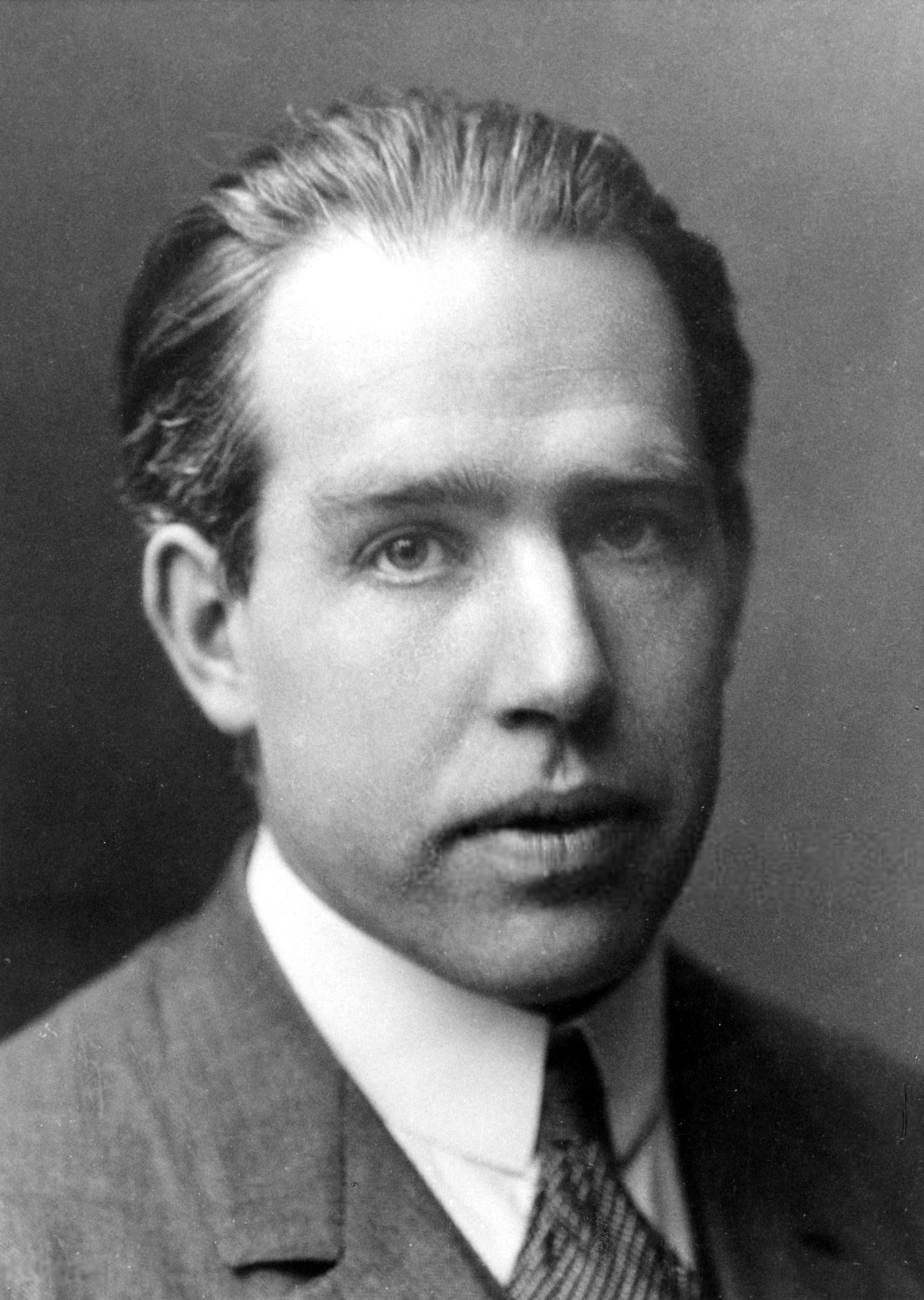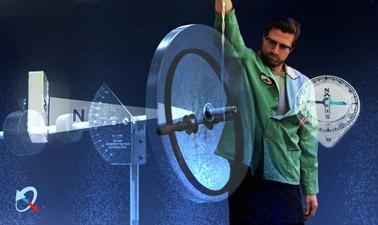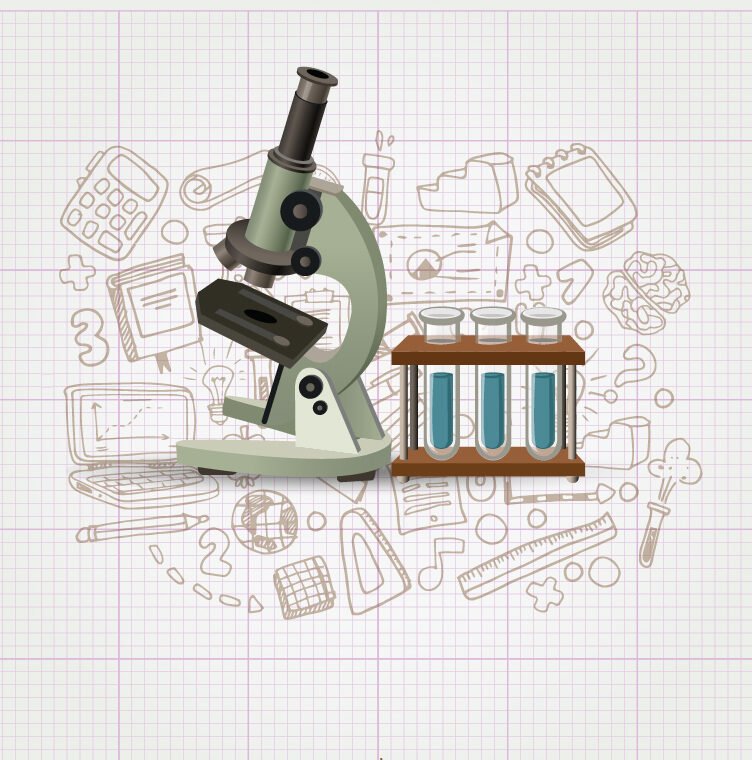The online simulations of quantum physics experiments on this page show us some of the quantum physics experiments that have laid the foundation for major advances in this field and have given rise to important applications and technologies derived from quantum physics.
What is advanced quantum physics
Advanced quantum physics delves into the most complex and fascinating phenomena occurring at the microscopic level. It goes beyond basic principles to explore concepts such as spin quantization, band structure in solids, the interaction of light with particles, and chemical bonding at the quantum level. These studies not only deepen our understanding of nature but also enable the development of revolutionary technologies such as semiconductors, magnetic resonance imaging, or optical control systems in modern laboratories. In essence, advanced quantum physics connects fundamental theory with practical applications that impact current science and technology.
Advanced quantum physics experiments
We delve into experiments that go beyond the fundamental principles of quantum physics. While historical experiments first demonstrated wave-particle duality, energy quantization, or electron behavior in simple atoms, advanced quantum physics experiments investigate more complex and sophisticated phenomena. These include spin quantization, the interaction of light with particles, band structure in solids, and the formation of chemical bonds at the quantum level. Exploring these experiments allows us to understand how quantum principles manifest in real and controlled systems, offering a direct bridge between abstract theory and modern technological applications. Furthermore, advanced experimentation serves as the basis for interactive simulations that help visualize concepts that would be invisible or too complex to perceive directly, such as the manipulation of quantum states, magnetic resonance imaging, or the structure of matter in different materials. Current experiments continue to broaden our understanding of quantum physics and enable technologies that impact daily life and scientific research.
Technological applications of quantum mechanics
Quantum mechanics not only describes abstract microscopic phenomena; its principles have enabled the development of technologies that transform our daily lives and scientific research. Understanding how quantum concepts are applied to modern technology helps us connect theory with practice and value the relevance of advanced physics in different fields. Among the main applications are electronic devices, magnetic resonance imaging, optical control systems, and future quantum technologies like quantum computing and quantum cryptography.
Electronics and semiconductors
Semiconductors are the foundation of modern electronics. Their operation depends directly on the band structure of solids and the quantum principles that govern electrical conduction. Understanding these phenomena allows for the design of transistors, diodes, and integrated circuits that power computers, phones, and all kinds of electronic devices.
Magnetic Resonance Imaging (MRI)
Magnetic resonance imaging is a direct medical application of quantum mechanics. The behavior of atomic nuclei in magnetic fields, described by spin and quantization, allows for detailed images of the interior of the human body without invasive procedures, revolutionizing the diagnosis and treatment of numerous diseases.
Quantum control and advanced optics
The control of quantum systems through laser light and electromagnetic fields makes it possible to manipulate atoms and electrons precisely. These techniques are used in research laboratories to study material properties, control individual quantum states, and develop new applications in experimental quantum technology.
Other emerging applications
In addition to the previous examples, quantum mechanics forms the basis of emerging technologies such as quantum computing, quantum cryptography, and quantum sensors. These applications promise to revolutionize data processing capability, communication security, and accuracy in physical measurements.
Explore the exciting STEM world with our free, online simulations and accompanying companion courses! With them you'll be able to experience and learn hands-on. Take this opportunity to immerse yourself in virtual experiences while advancing your education - awaken your scientific curiosity and discover all that the STEM world has to offer!
Quantum physics simulations
- Optics
- Covalent
- MRI
- Bands
Optical quantum control
This simulation allows you to explore how light interacts with quantum systems to control their states. The simulation lets you adjust parameters of the light and the quantum system to observe how energy levels, state superposition, and quantum transitions change. It is an ideal tool for intuitively visualizing processes that, in reality, occur at extremely small scales and require advanced laboratory equipment.
File
Bonding simulation
This simulation allows you to explore how covalent bonds are formed between atoms, a fundamental concept in quantum chemistry. You can combine different atoms, observe how they share electrons, and see how this determines the stability and structure of molecules. In addition, the simulation illustrates how quantum theory explains electron distribution and molecular geometry, offering an interactive view of concepts that would otherwise be abstract and difficult to visualize.
File
Magnetic Resonance Imaging (MRI)
This simulation allows you to explore the physical principles behind MRI, showing how atomic nuclei respond to magnetic fields and radio waves. You can observe how signals change depending on different tissues and configurations, offering a visual understanding of how medical images are generated. In addition, it helps to appreciate the connection between quantum mechanics and the technology used in diagnostic imaging.
File
Band Structure
This simulation allows you to visualize how the energy levels of electrons are organized in solid materials, giving rise to forbidden and allowed bands. By interacting with different parameters, you can distinguish the characteristic behaviors of conductors, semiconductors, and insulators. This resource is essential for understanding the quantum basis of modern electronics and the technologies that depend on it, such as transistors and laser diodes.
File
Giants of science
“If I have seen further, it is by standing on the shoulders of giants”
Isaac Newton

Niels Henrik David Bohr
–

Dmitri Skobeltsyn
–
Become a giant


Quantum Mechanics of Molecular Structures



Quantum Mechanics for Scientists and Engineers 2



Quantum Mechanics for Scientists and Engineers 1



Quantum Mechanics for Everyone



AP® Physics 1 – Part 1: Linear Motion



The Basics of Transport Phenomena



AP® Physics 1 – Part 2: Rotational Motion



Circuits for Beginners





























